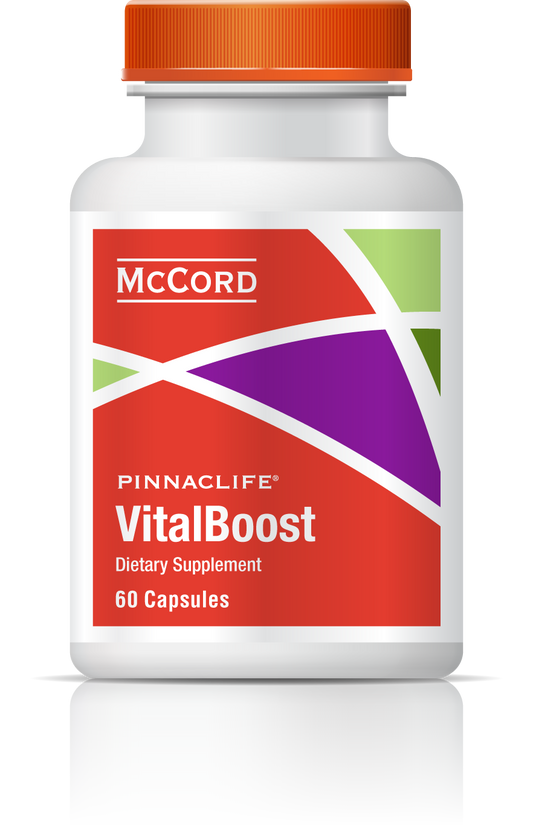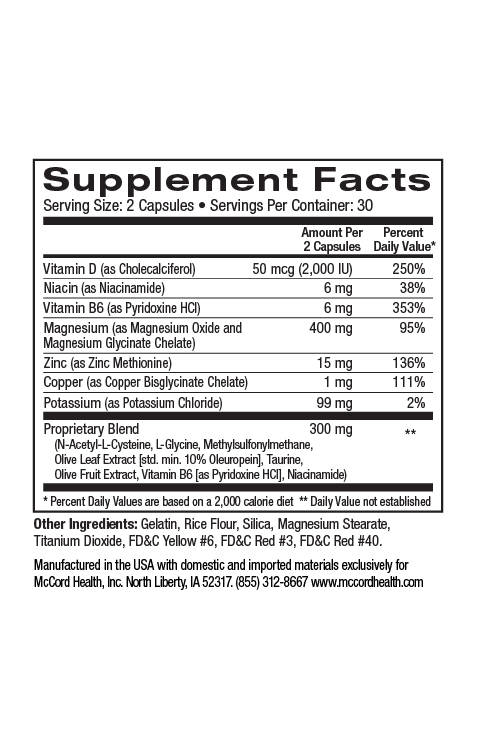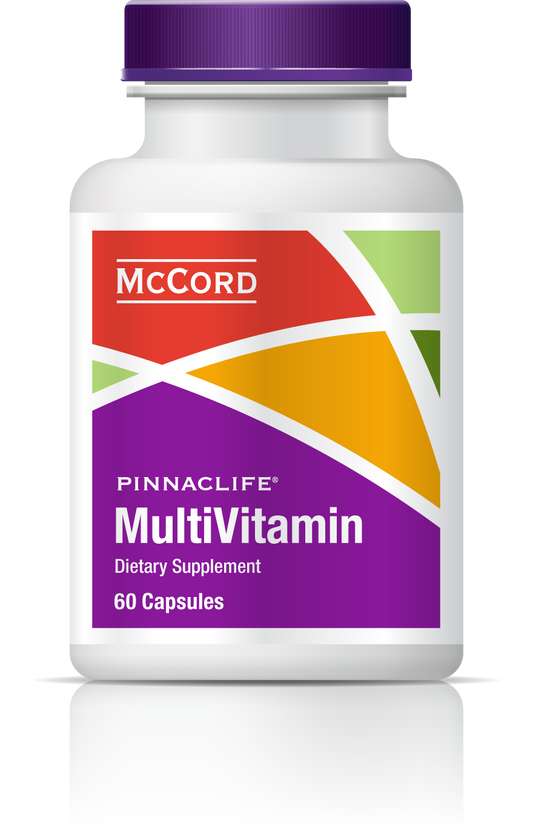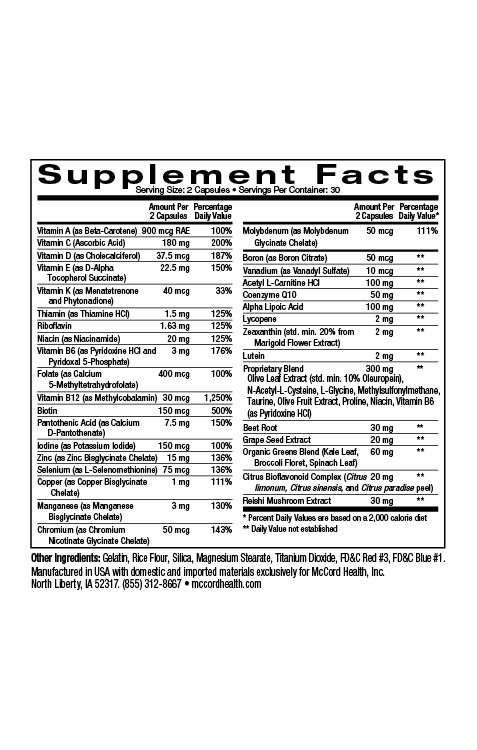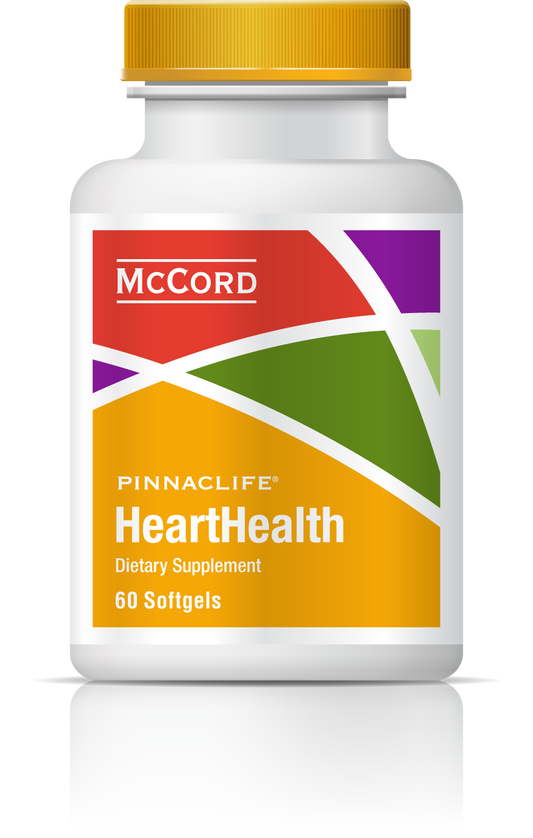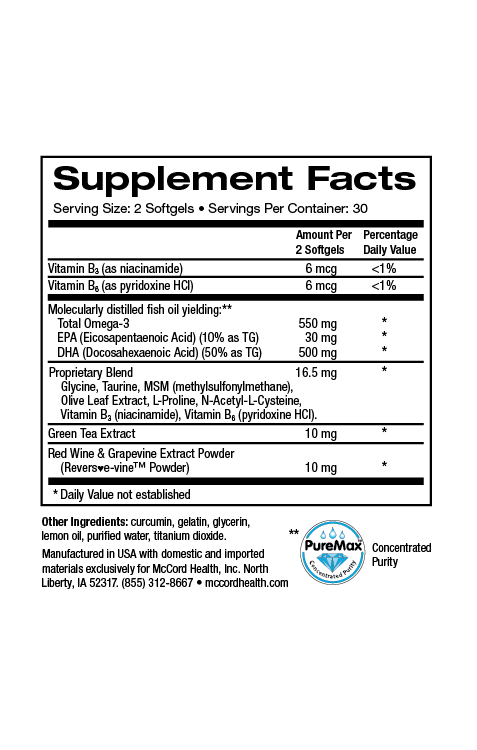Fragile, thinning skin and skin tears are common issues among older individuals. A skin tear is a wound caused by shear, friction, and/or blunt force resulting in the separation of skin layers. Skin tears can be either partial thickness (separation of the epidermis from the dermis) or full thickness (separation of both the epidermis and the dermis from the subcutaneous tissue). Loss of cohesion between the skin layers allows the skin to move independently, resulting in tears with even minor forces including tape removal from skin.
Skin tears may be considered by some as minor injuries, but in fact, they are often substantial and painful wounds that are slow healing (due to factors such as aging), as well as easily infected, leading to serious mortality risks. It has been suggested that some skin tears are not easily identified. In fact, amazingly, many skin tears go unnoticed. This may be related to both decreased awareness of skin tears and the unrecognized, minimal amount of trauma that can cause these injuries in fragile skin.
Factors that predispose individuals to skin tears along with aging include chronic illness, malnutrition, skin dehydration and decreased blood circulation. In addition, many other factors put older people at risk for skin tears such as medications including steroids that cause thinning of the skin, sensory changes including poor eyesight and decreased sense of feeling, loss of balance, and decreased awareness and cognitive abilities.
Aging skin loses 20% of its thickness. The subcutaneous layer under the dermis becomes thinner as well, resulting in a lack of cushioning and insulation. As skin ages, the amount and strength of collagen and elastin decreases causing a reduction in skin flexibility, and an increase in skin sagging and wrinkling. Moreover, aging skin becomes drier making it even more susceptible to injury and leading to a decreased ability to heal.
Viniferamine® Renewal Moisturizer includes ingredients that hydrate skin as well as provide nutrition to skin to help with skin strengthening and repair. Two important ingredients, Centella asiatica (TECA) and Shea butter increase collagen content in skin. Other vital ingredients including antioxidants, amino acids and vitamins provide nutrients to help build and protect collagen. In addition, key ingredients including dipotassium glycyrrhizate help keep skin hydrated, and importantly, Renewal Moisturizer also includes dimethicone to help keep skin hydrated.
Skin tears typically occur on the extremities. Nearly 80% of skin tears occur in the arms and hands, however, they can occur anywhere on the body including the buttocks and can be mistaken for Stage II pressure ulcers. They can also be highly variable in presentation depending on their depth, on whether necrosis, infection, or any underlying hematoma is present, and they have actually been reported to occur more frequently in the elderly than pressure ulcers in certain settings. Some of the most common causes of skin tears are: equipment injury including with wheelchairs, bumping into objects such as furniture, and falling. In fact, even gripping fragile skin too tightly may lead to skin tears.
Preventing skin tears is vital for eliminating the risk of infection, as well as decreasing pain and discomfort caused by these injuries. In addition, skin tears are highly visible and are likely to have a significant psychological impact. Specific steps can be taken to reduce the likelihood of skin tears including wearing long sleeves and pants, having adequate lighting as well as proper placement of furniture, padding sharp edges on objects that might be bumped, and increasing skin hydration and nutrition.
Hydrating and nourishing skin creams (like Renewal Moisturizer), and gentle cleansing lotions (like Viniferamine® Clean N Moist) can help reduce the incidence of skin tears. In a recent study, it was reported that twice-daily skin moisturizing reduced the incidence of skin tears by almost 50% in residents living in aged care facilities. In addition, it was reported that individuals can benefit from pH friendly cleansing lotions (like Clean N Moist) and barrier creams (like Viniferamine® Silicone Barrier) that can protect vulnerable skin. Viniferamine® Silicone Barrier also includes ingredients that protect skin against the risk of infection.
All of the Viniferamine® skin and wound care products are pH friendly because they were designed to match the natural pH range of skin. The small molecule nutrients included in Viniferamine® skin and wound care products penetrate and strengthen fragile skin providing nutrition to skin depleted of nutrients due to compromised microvasculature and aging.
Several of the extraordinary small molecules found in Viniferamine® skincare products also have potent anti-inflammatory activities to help reduce redness, pain and swelling including oleuropein, resveratrol and ECCG from olives, grapes and green tea respectively as well as the important small molecules, melatonin and L-glutathione. In addition, shea butter and dipotassium glycyrrhizate are anti-inflammatory.
Viniferamine® Renewal Moisturizer is a gentle, effective moisturizer that not only hydrates and protects skin, but also provides phytonutrients, antioxidants, vitamins and amino acids to improve the barrier function of skin. Viniferamine® Silicone Barrier cream contains a sophisticated silicone complex that will protect skin even after several cleansings. In fact, Silicone Barrier provides a non-occlusive (“breathable”) barrier, nutrients and an antimicrobial to maintain skin hydration and enhance wound healing.
For gentle cleansing, Viniferamine® Clean N Moist cleansing lotion is perfectly pH balanced to ensure that even the most fragile skin is gently cleansed and moisturized without causing irritation. Clean N Moist also provides a protective barrier and includes the highly beneficial Viniferamine® skin nutrients.
Skin tears are substantial wounds that must be fully recognized and prevented whenever possible. Greater awareness of skin tears along with preventative measures including improved skin care provided by Viniferamine® products will help decrease the incidence and risk of these injuries.
About the author: Nancy Ray, PhD is the Science Officer at McCord Research. Dr. Ray received her PhD in Biochemistry and Biophysics and was a postdoctoral fellow at NIH, Harvard University and Dana-Farber Cancer Institute, and the University of Iowa. She also earned bachelor of science degrees in Chemistry and Microbiology.
References
- Ostomy Wound Manage 2003; 49: 64-67.
- Int Wound J 2015; doi: 10.1111/iwj.12426
- Wounds Int 2011; 2: 1-6.
- Ostomy Wound Manage 2007; 53: 32-34.
- Adv Skin Wound Care 2007; 20: 315-320.
- Nursing Times 2009; 105: 22-26.
- Nursing 2010; 40: 62-63.
- Am J Emerg Med 2009; 27: 729-733.
- Ostomy Wound Manage 2006; 52: 24-35.
- Int Wound J 2014; 11: 446-453.
- J WOCN 2007; 34: 256-259.
Disclaimer: These statements have not been reviewed by the FDA. The decision to use these products should be discussed with a trusted healthcare provider. The authors and the publisher of this work have made every effort to use sources believed to be reliable to provide information that is accurate and compatible with the standards generally accepted at the time of publication. The authors and the publisher shall not be liable for any special, consequential, or exemplary damages resulting, in whole or in part, from the readers’ use of, or reliance on, the information contained in this article. The publisher has no responsibility for the persistence or accuracy of URLs for external or third party Internet websites referred to in this publication and does not guarantee that any content on such websites is, or will remain, accurate or appropriate.
